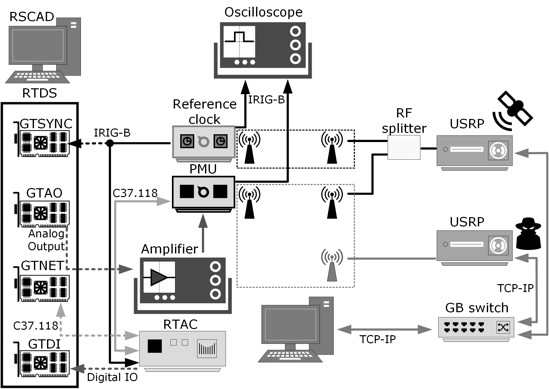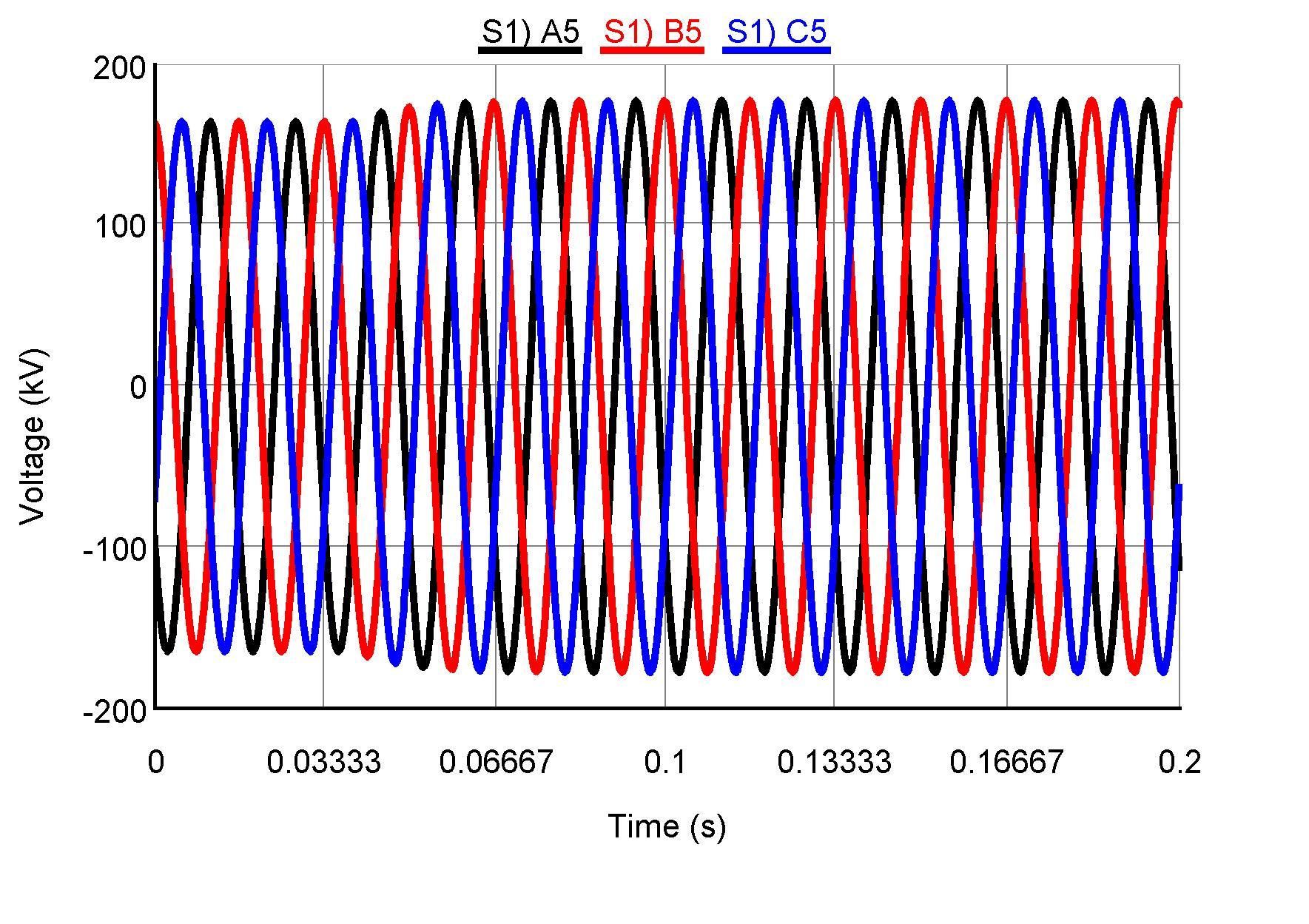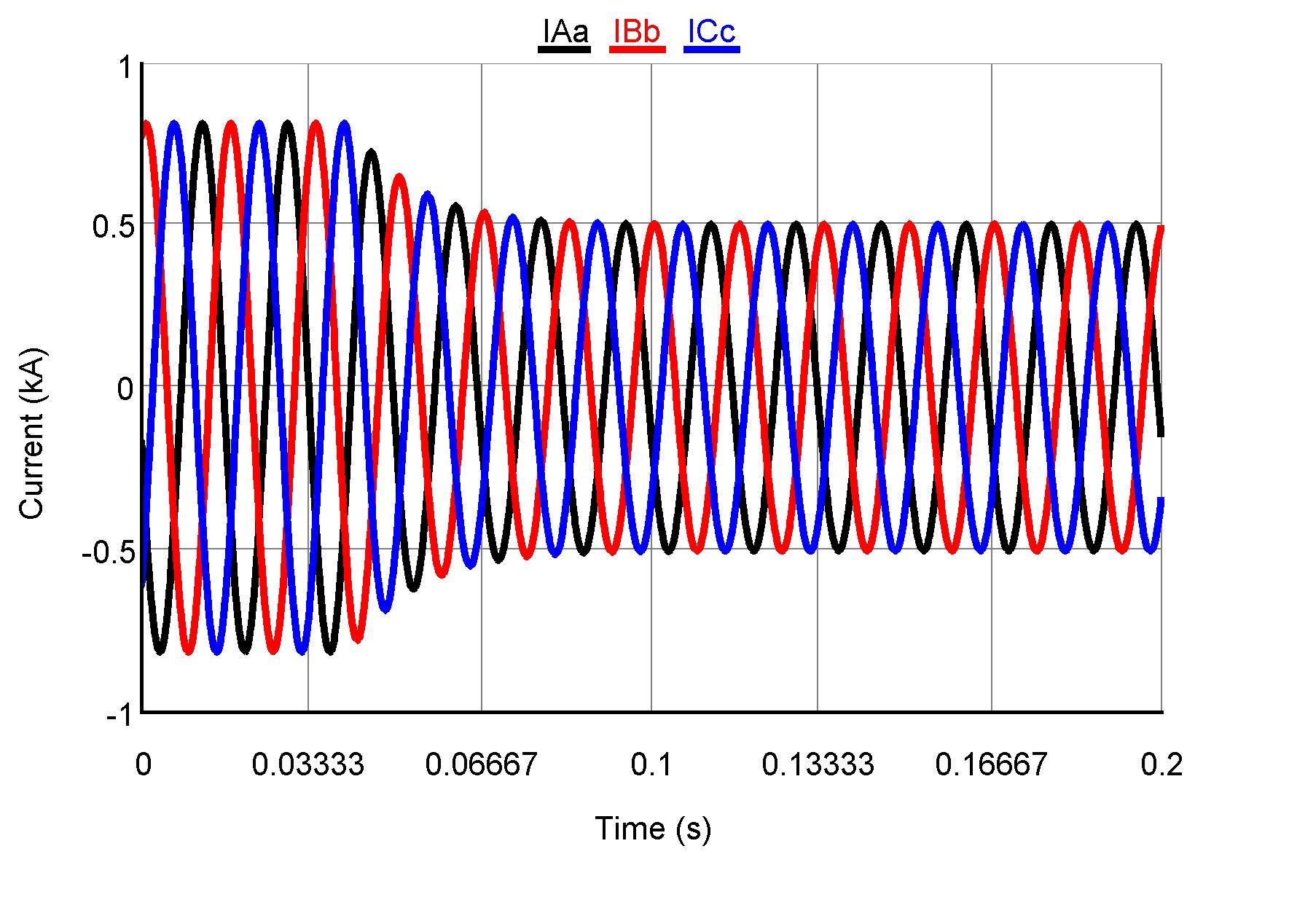GPS Spoofing Against Phase Angle Monitoring and Control in WAMS
PMUs leverage GPS clock synchronization to derive a coordinated universal time (UTC) time-stamp reference for their measurements (Figure 1). The GPS signal data of PMUs, however, can be targeted for attacks.

A misalignment in GPS signals can lead to critical power system operation errors. This could cause maloperation of protection algorithms utilizing PMU data, failure of adaptive relaying, and loss of step angles in synchronized generators. The effect of PMU-based GPS spoofed measurements using a real attack model in an RTDS-based HIL testbed with commercial field devices has been investigated. The developed testbed includes an RTDS simulator, amplifiers, physical and simulated PMUs with GPS receivers, an automation controller (RTAC), software-defined radio (SDR) systems, and a GPS antenna and a GPS-synchronized clock. A modified IEEE 9-bus system was considered (Fig. 1), and the HIL physical PMU at bus 5 was spoofed in an actual lab setup environment. The misalignment in PMU data at bus 5 is shown in Figures 2 and 3, where the misleading trigger of the load-shedding scheme is perceptive.


C. Konstantinou, M. Sazos, A. S. Musleh, A. Keliris, A. Al-Durra, and M. Maniatakos, “GPS spoofing effect on phase angle monitoring and control in a real-time digital simulator-based hardware-in-the-loop environment,” IET Cyber-Physical Systems: Theory Applications, vol. 2, no. 4, pp. 180–187, 2017. DOI:10.1049/iet-cps.2017.0033